UAE begins construction of world-first 24/7 Gigascale clean energy system
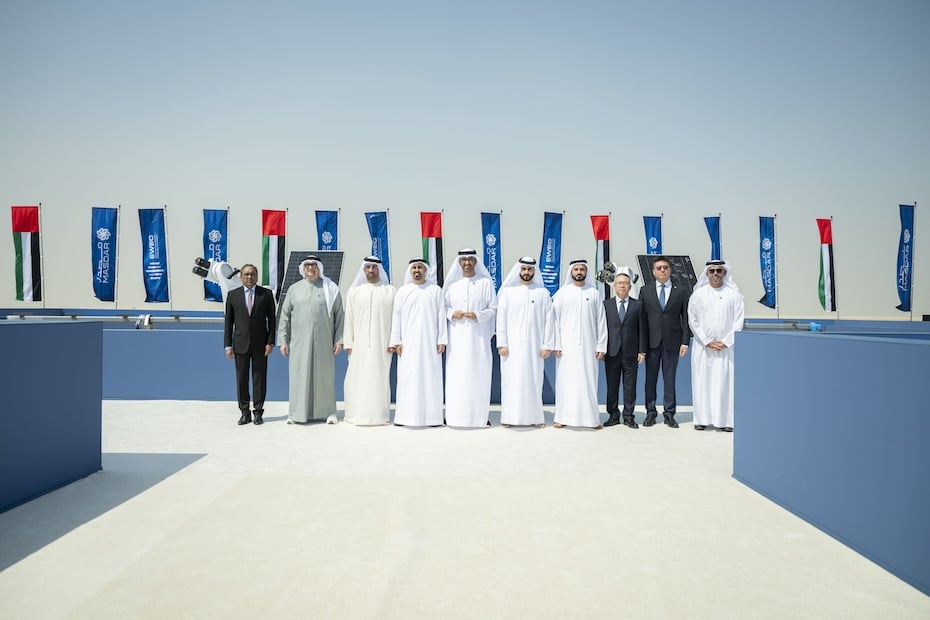
The government of Abu Dhabi, in collaboration with Masdar and Emirates Water and Electricity Company (EWEC), has formally launched construction of what is being described as the world’s first large-scale “round-the-clock” renewable energy system, combining a 5.2 GW (DC) solar photovoltaic plant with a 19 GWh battery-energy-storage system (BESS).
The facility is designed to deliver up to 1 GW of continuous baseload power generated exclusively from renewables and storage, allowing dispatchable output 24 hours a day.
Contracting announcements reveal that major module suppliers and battery-system manufacturers have been identified: for example, JA Solar and Jinko Solar are named as preferred PV module suppliers, and CATL as battery supplier. Engineering, procurement and construction (EPC) contractors include Larsen & Toubro and POWERCHINA.
The project is being promoted as a cornerstone of the UAE’s clean-energy transition and aligns with its national strategy to increase renewable-capacity share and reduce dependency on fossil-fuel-based generation.
From an engineering and infrastructure perspective, the scale and integration of solar-PV and utility-scale battery storage in a desert environment pose significant design and construction challenges: terrain preparation for a 5.2 GW solar array, grid-interface design for continuous dispatch, large-scale BESS installation and thermal management, and civil works to connect storage and generation systems into the transmission network.
The initiative also requires coordination of system-level engineering: ensuring the solar arrays and batteries operate seamlessly as a unified dispatchable unit, designing cooling and heat-dissipation systems for the BESS, and implementing operations control capable of switching between generation and storage to maintain basin-wide grid stability under high-renewable penetration.
If delivered as planned, this project will set a new benchmark in gigascale renewable infrastructures, demonstrating that solar-battery combinations can serve as reliable baseload power rather than just intermittent generation.
Source: Nasdar
Want to read more like this story?

2016 was a milestone for large-scale solar energy projects in Australia
May, 15, 2017 | NewsWind power has also gained ground in the country as its cost has fallen Wind power has also gaine...
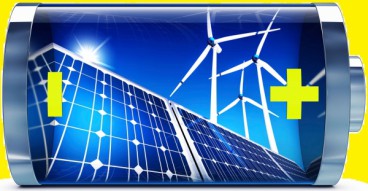
Energy storage could take renewable technology to a whole new level …
Jul, 04, 2016 | NewsStorage systems can make economic sense for renewable energy sources such as wind and solar, accordi...

Germany installs 14 GW of renewable solar energy in 2023
Jan, 05, 2024 | NewsGermany’s Federal Network Agency (BNetzA) announced, based on preliminary figures, on January 5 tha...

A second life for discarded cellphone batteries
May, 26, 2016 | NewsUsed lithium ion batteries can serve as energy storage for lighting in remote rural areas of develop...
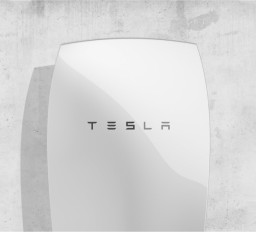
The most elegant battery for energy storage
May, 23, 2016 | NewsTesla’s Powerwall, with its unique design, has already sold 2.500 units Tesla’s Power...

2016 will be a Solar-bright Year!
Mar, 21, 2016 | NewsThe solar sector will most likely add more new electricity-generating capacity than any other The...
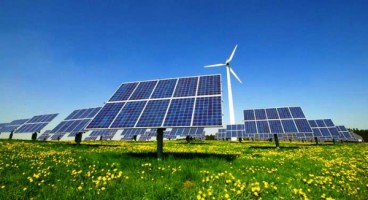
Maybe RES Do Not Need Energy Storage!
Nov, 03, 2015 | NewsRenewable Energy Sources have the largest part in the electrical power that is installed each year a...

Prince Edward Island (PEI) unveils 10-year energy strategy to grow on-island renewables and achieve net-zero by 2040
Nov, 10, 2025 | NewsThe province of Prince Edward Island (PEI) has released a comprehensive 10-year energy strategy cov...
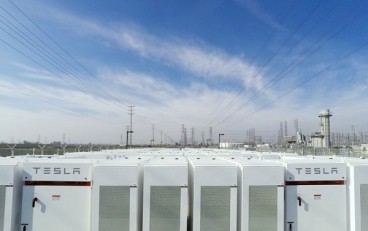
The largest power storage facility on earth is solar-powered and located in southern California
Apr, 03, 2017 | NewsIt can power over 2,500 homes for a whole day or 15,000 homes for 4 hours It can power over 2,500...
Trending
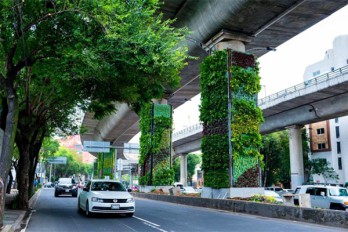
Vertical gardens in Mexico City to combat pollution

Characteristics of Load Bearing Masonry Construction

Taipei 101’s impressive tuned mass damper
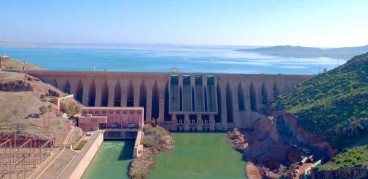
Morocco Implements Landmark Dam Perforation to Combat Water Stress in Marrakech

Dutch greenhouses have revolutionized modern farming

The Line at Neom faces feasibility reassessment while construction continues

A new chapter for Sunderland: The £31 million Keel Crossing opens

